Ever hit the gas and noticed your engine racing, but your car barely picks up speed? That’s the classic signature of a slipping clutch, and it’s hard to miss once you know what you’re looking for. Unlike other car problems that sneak up, a slipping clutch feels like your car’s power is just... leaking away. You’ll stomp the pedal, watch the revs climb up, but your ride hesitates, moving slower than it should. Weird, right?
This isn’t just a minor annoyance. Left alone, clutch slip can roast your clutch in weeks or even days, turning a small problem into one of the most expensive repairs in the transmission world. It’s like driving with money dripping out of your wallet every mile.
- Spotting the First Signs: Everyday Symptoms
- What’s Really Happening Inside the Clutch
- Why Slipping Gets Worse (and Expensive!) Fast
- How to Check for Clutch Slip Yourself
- Next Steps: Repairs and Upgrades
Spotting the First Signs: Everyday Symptoms
Most drivers won’t think about the clutch until something feels off, but catching the signs early saves a ton of hassle. So, what’s the deal when your clutch isn’t grabbing like it should?
Here are some clear symptoms you can spot during your daily drive:
- Slipping clutch: You press the gas, the engine revs go up, but your car doesn’t pick up speed like it should. It almost feels like you’re driving with the handbrake half on.
- Burning smell: If it smells hot or like burnt toast after you shift (especially uphill or in traffic), that’s a red flag. This smell means parts are overheating and grinding together.
- Hard time shifting: Those gear changes feel sticky or rough. Sometimes you’ll hear grinding, or the stick won’t go into gear smoothly.
- Unexpected rise in RPM: Watch your tachometer. If you see the RPM jump suddenly, but your speed barely changes, that’s a giveaway.
- Poor acceleration: The car isn’t as punchy as it used to be, especially noticeable on hills or when you try to pass someone.
You might notice these symptoms more when you’re loaded up with passengers, heading uphill, or hauling extra stuff. That’s when the clutch gets tested the most.
| Symptom | When It's Most Noticeable |
|---|---|
| Slipping clutch | Hard acceleration, uphill, heavy load |
| Burning smell | Stop-and-go traffic, after long hill climbs |
| Rising RPM | Shifting under load, overtaking |
| Gear shifting issues | Anytime, especially in lower gears |
A worn clutch won't always give you all these hints at once. Catching even one early can help you avoid a big repair bill. If things feel off, trust what your feet (and nose) are telling you.
What’s Really Happening Inside the Clutch
So what’s actually taking place when your clutch is slipping? Inside your car’s clutch system, there’s a disc (called the clutch disc) sandwiched between your engine and transmission. This disc is supposed to grab on tight, transferring all that spinning engine power down the line so your wheels actually move. When you push the clutch pedal, it lets go. Let out the pedal, and it grabs again. Easy, right?
But when a clutch starts slipping, it’s because the surfaces aren’t gripping like they used to. Usually, the friction material on the clutch disc is worn out—imagine brake pads that are so thin, they can barely stop your car. Heat, age, lots of stop-start city driving, and aggressive acceleration all wear out that friction layer.
Here’s what’s most likely happening inside:
- The clutch disc has lost its material, so it can’t hold on.
- The pressure plate (the part that presses the disc against the flywheel) might be weak or even broken.
- Oil or grease leaking onto the clutch disc makes it too slick, even if there’s still material left.
- Sometimes, warped flywheels from overheating also cause the clutch to let go.
Want a quick visual? Here’s a table showing how long a clutch typically lasts under different driving conditions:
| Driving Style | Average Clutch Life (miles) |
|---|---|
| Normal/Highway | 60,000 - 100,000 |
| City/Stop-Go | 30,000 - 50,000 |
| Aggressive or Racing | 15,000 - 30,000 |
When your slipping clutch is ignored, those components can start overheating and glazing, making things even worse. Think of it as a snowball effect: a little slip leads to more heat, more wear, and eventually, you might not move at all no matter how much you press the gas.
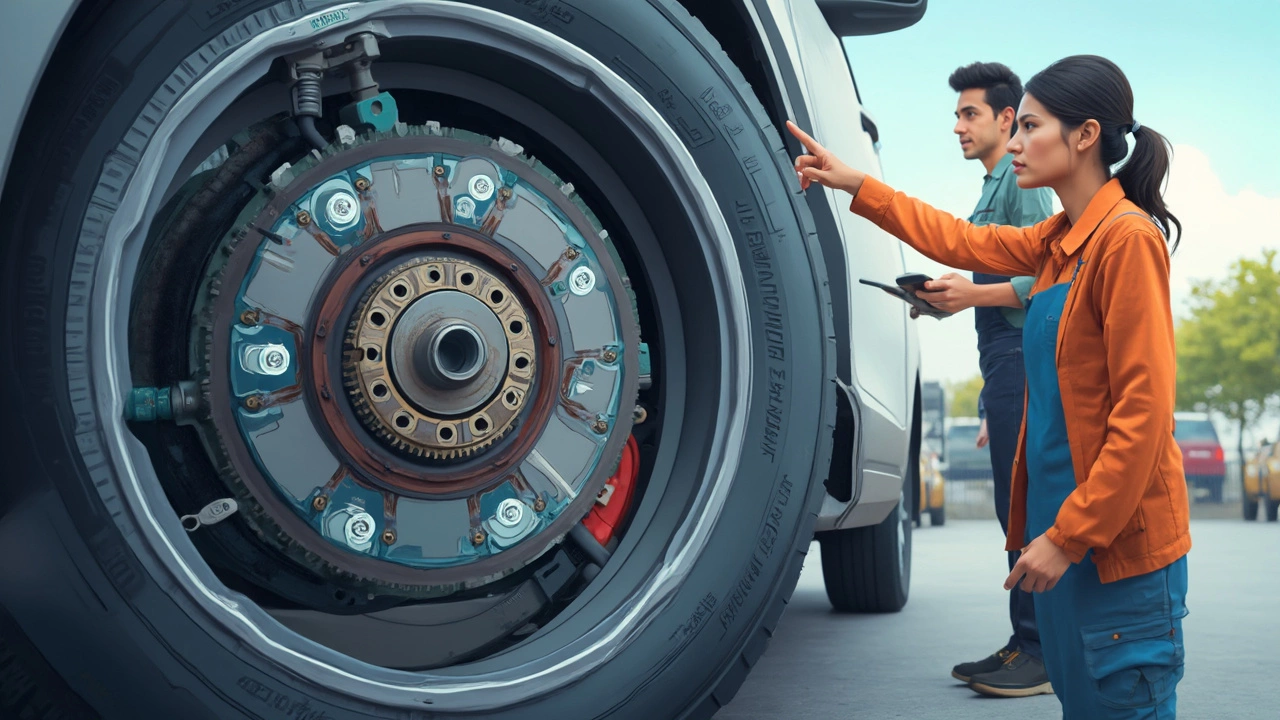
Why Slipping Gets Worse (and Expensive!) Fast
Ignore a slipping clutch, and it won’t just fix itself. When the clutch starts to slip, it means the friction material (think of it as brake pad for your clutch) is wearing out or burned. Every time it slips, more material scrapes off. That heat can warp the metal plates inside and cause even more slip. It’s a snowball effect—you lose more grip, so it slips even more next time. The longer you wait, the thinner the friction material gets, and the damage starts spreading to other parts.
Here’s where your wallet feels it. A basic clutch kit might fix normal wear. But if you keep driving while it’s slipping, you risk damaging the flywheel, the pressure plate, and bearings. Replacing just a clutch disc costs way less than rebuilding the whole assembly or machining a flywheel. That difference can be hundreds of dollars in just a few weeks of putting off repairs.
| Repair | Average Cost (USD) |
|---|---|
| Clutch replacement only | $800 - $1,200 |
| Clutch + pressure plate | $1,200 - $1,800 |
| Clutch, pressure plate, flywheel | $2,000+ |
Another kicker: If your clutch starts slipping, your car’s performance takes a big hit. Shifting gets rough, fuel efficiency drops, and if you’re towing or hauling, things get even worse. One study on worn clutches in pickup trucks showed fuel consumption went up by as much as 10% before the clutch totally failed. That’s money you burn every time you fill the tank.
Want a pro tip? The second you notice a slipping clutch, get it checked. It could be something simple like a fluid leak or clutch cable issue if you catch it in time. Wait too long, and your repair costs basically double. This is one of those problems where fast action actually saves you real cash.
How to Check for Clutch Slip Yourself
Don’t want to get caught off guard with a massive repair bill? Testing for a slipping clutch is something you can do yourself—no fancy tools or car ramp required. If you suspect your clutch is on the way out, try these simple steps before heading to a shop.
- Find a safe, flat area. Park somewhere clear with no traffic. Safety first—don't try this on a busy road or steep hill.
- Start the car and let it warm up. Cold engines (or transmissions) can act weird. Give it a minute or two to settle in.
- With the engine running, press the clutch, then shift into third or fourth gear. (First gear is too easy to fake out, so use a higher gear.)
- Release the clutch pedal quickly but not aggressively. Don’t use the gas. A healthy clutch will stall the engine or almost stall because the load’s too much. If the engine keeps running and your car just sits there or moves slowly, your clutch is probably slipping.
Here's a quick table that breaks down what you might feel or see in both cases:
| Test Result | What It Means | Action |
|---|---|---|
| Engine stalls or nearly stalls | Clutch grips just fine | You’re good—no slip detected |
| Engine keeps running, car doesn’t move | Clutch is slipping | Time to look into repairs or replacement |
If you’re feeling some hesitation but aren’t sure, pay attention to your car the next time you’re going uphill or towing something heavy. The extra stress makes clutch slip even more obvious—your revs go up, but your speed stays flat.
One more tip: burnt smell coming from the hood, especially after a failed hill start? Another big red flag for clutch slip.
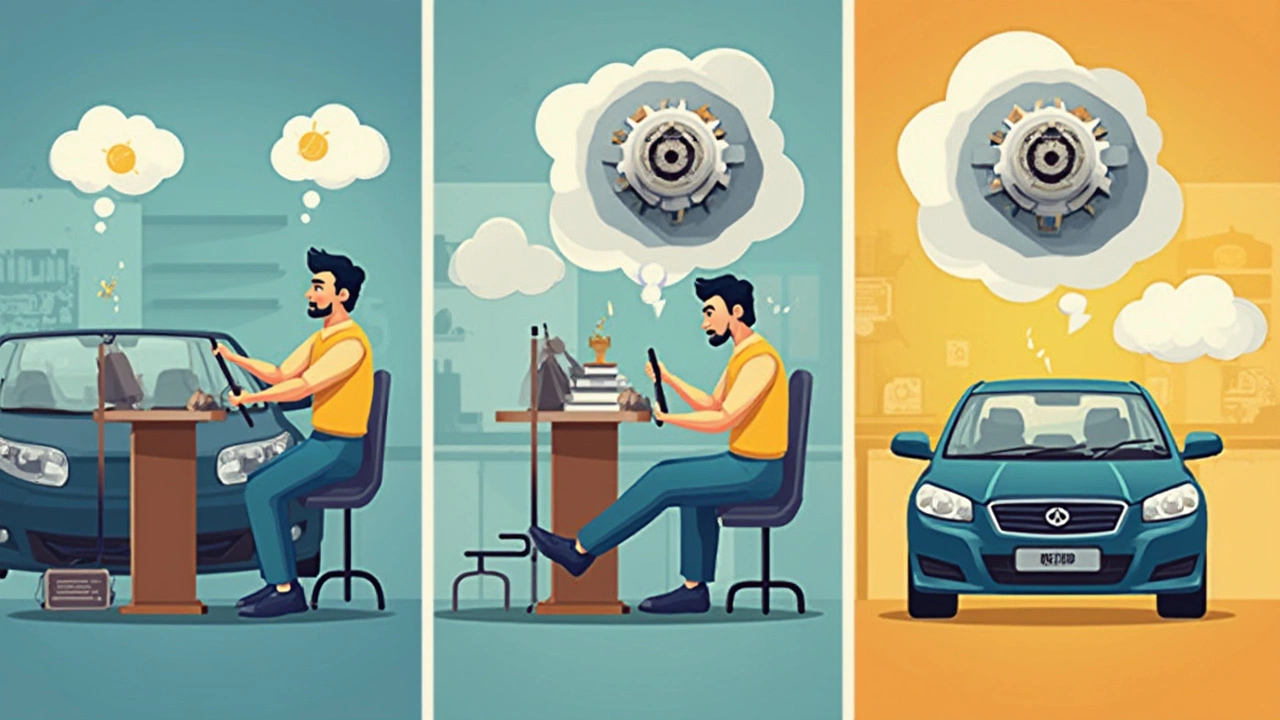
Next Steps: Repairs and Upgrades
If you’re noticing the unmistakable symptoms of a slipping clutch, don’t cross your fingers and hope it fixes itself—worn-out clutch parts never heal. The sooner you act, the less damage you’ll face. Clutch slip means friction material is already worn, and it can’t grab the flywheel properly. That constant sliding will overheat and chew up more parts fast.
If you’re handy with tools, some people swap out a clutch kit at home. A typical kit includes a new clutch disc, pressure plate, and release bearing. Most front-wheel-drive cars make clutch jobs a pain since you have to separate the gearbox from the engine, which can eat up a whole weekend and sometimes needs special tools. If this sounds overwhelming, a good local mechanic is worth every penny.
When it comes to upgrades, think about how you use the car. Daily drivers do fine with an OEM or stock replacement kit—no reason to overspend. But if you’ve got a turbo setup, haul heavy stuff, or hit the racetrack, a performance clutch (heavier springs, better friction materials) might be a smart move. Brands like Exedy, Valeo, or Sachs are well-known for both stock and upgraded kits, so you’ve got options no matter your budget.
One more tip: If you’re already in there, it’s smart to check your flywheel for heat spots, cracks, or grooves. Sometimes it needs to be resurfaced or replaced—no sense putting shiny new parts against a beat-up old flywheel.
Bottom line: Don’t wait on repairs. A smooth clutch today saves you money, headaches, and maybe even your next road trip.

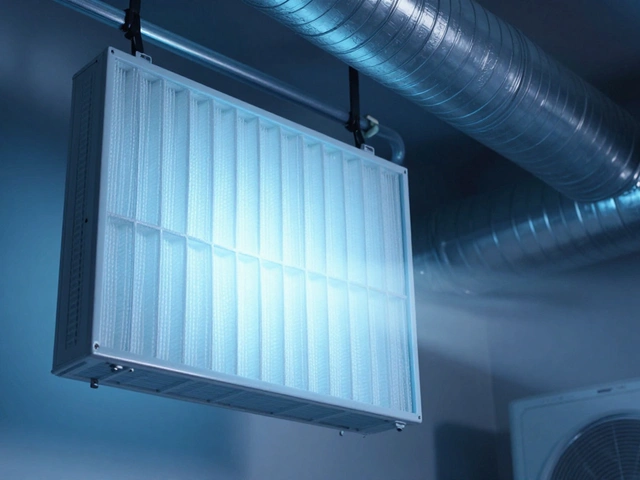



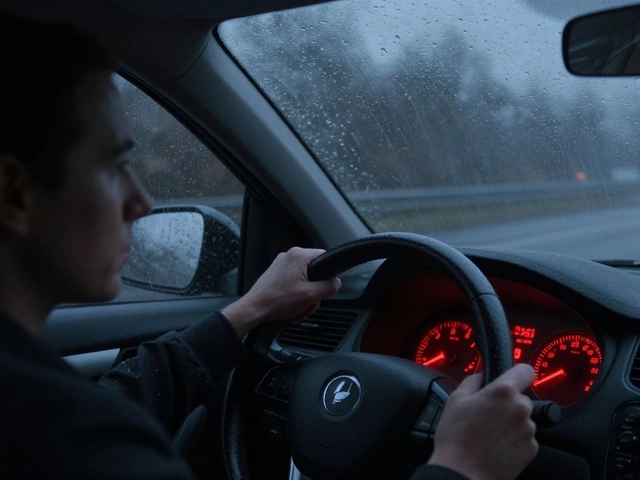


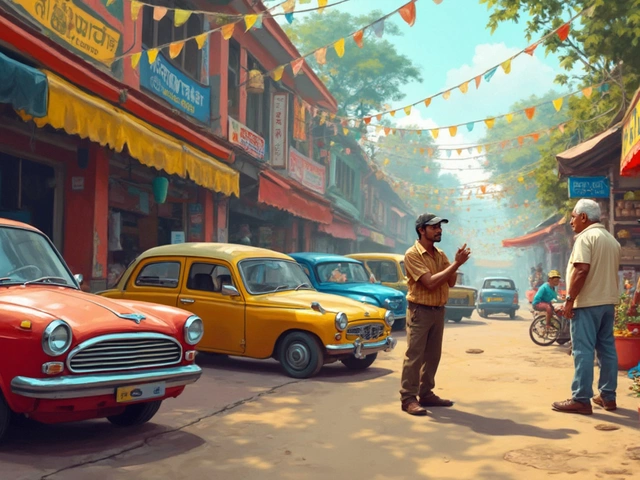

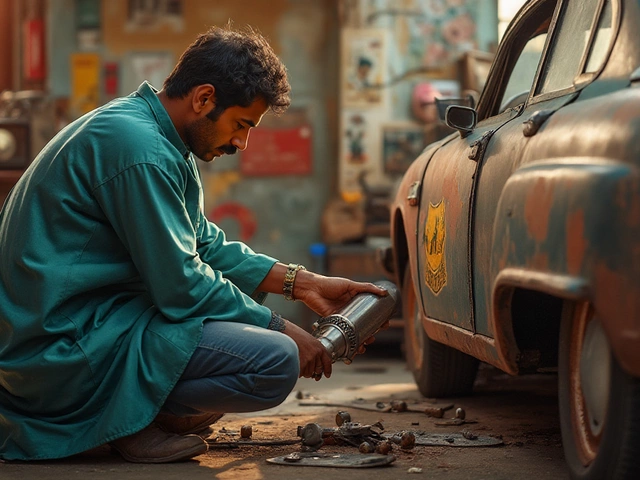
Write a comment